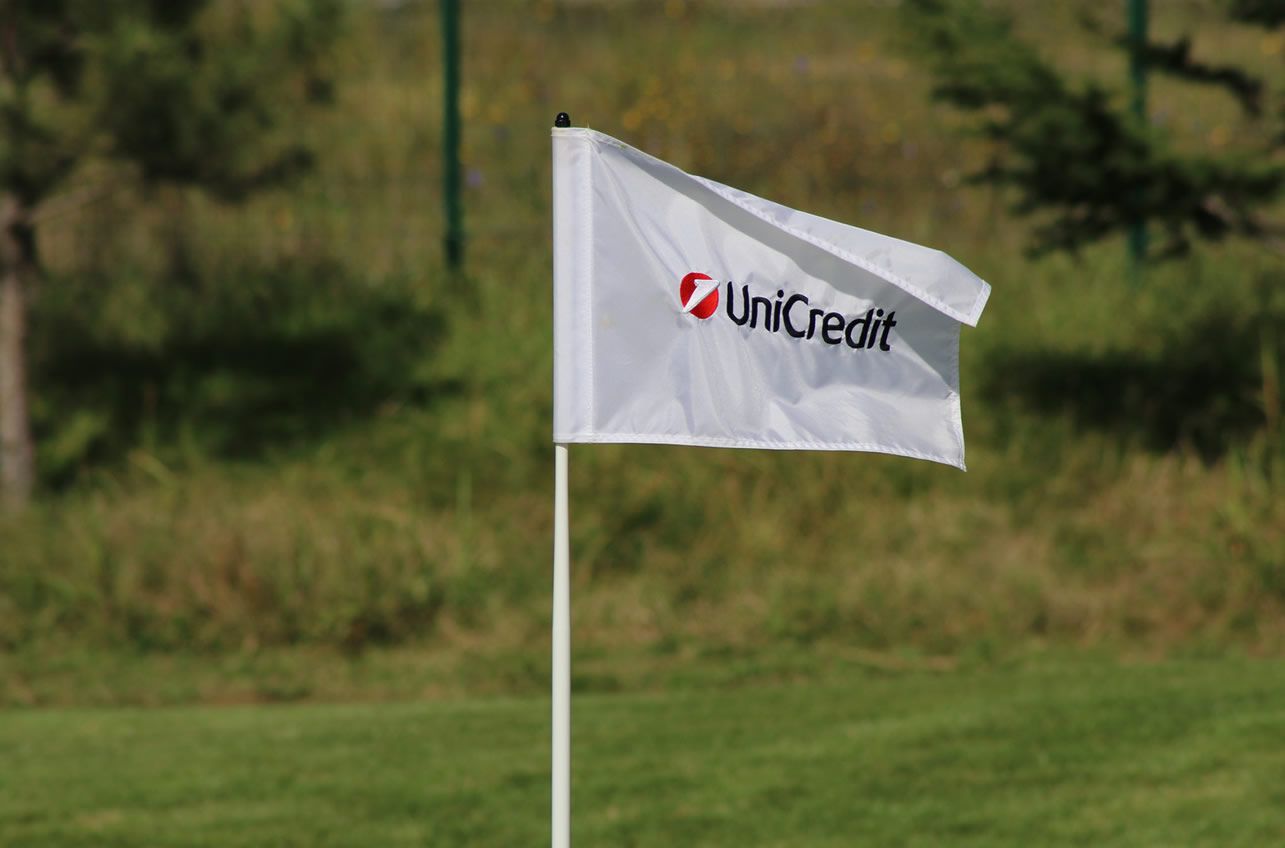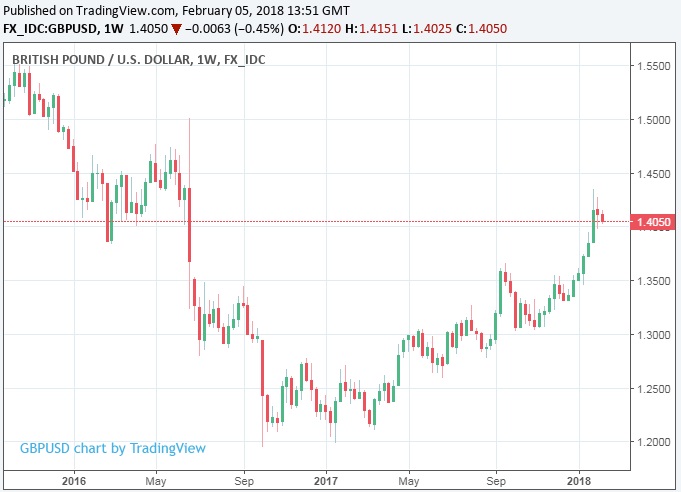UniCredit Upgrade Pound, Euro Forecasts vs Dollar as Greenback Weakness has Further to Run
- Written by: James Skinner
-

© Chris Titze Imaging, Adobe Stock
The UK is coping better in the post-referendum world than many had anticipated and, although the greenback is no longer overvalued, the Pound-to-Dollar rate can still rise to new highs in 2018.
Sterling and the Euro could rise even further against the US Dollar in 2018 than was previously thought, according to strategists at UniCredit Bank, who have upgraded their foreign exchange forecasts to reflect even greater weakness for the greenback.
The call comes at a time when the US Dollar index has been left nursing a 3.4% loss from January and a 10.64% loss over a 12 month horizon. At the time of writing, the Pound-to-Dollar rate had gained 4% in 2018 and 12.5% over 12 months while the Euro-to-Dollar rate is up 15.4% over 12 months.
These losses have now seen the Dollar eliminate much of its cyclical overvaluation so that the US currency is trading close to its “fair value” on a trade weighted basis.
This reverses a situation that saw the greenback trading at an 18% premium to its fair value over recent years but the US currency still has further to fall, according to UniCredit.

Above: Pound Sterling Live graph showing effective US Dollar exchange rate.
Advertisement
Get up to 5% more foreign exchange by using a specialist provider to get closer to the real market rate and avoid the gaping spreads charged by your bank when providing currency. Learn more here.
“Despite the rapidly closing overvaluation gap, USD weakness will extend further,” says Dr. Vasileios Gkionakis, head of FX strategy research at UniCredit.
“A reshuffling of flows outside the US due to global growth being re-priced higher and stretched US asset valuations should drive the greenback even weaker than we had originally penciled in.”
Gkionakis flags that US Dollar valuations tend to move in cycles, shifting between the extremes of overvaluation and undervaluation, as the global economy transitions through the various economic cycles between each boom and bust.
“Typically, the US leads global expansion, and this generates a growth and interest-rate wedge between it and the rest of the world, attracts flows to the US and strengthens the dollar,” Gkionakis writes, in a recent note.
“As this process gets underway, the Fed starts tightening policy, and expectations of further hikes are being priced-in, underpinning the greenback even further and frequently pushing it to overvalued levels.”
However, as global trade is revived from the troughs of the previous bust cycle and the rest of the world shows signs of life, those very same flows that drove the Dollar’s overvaluation go into reverse as investors take profits off the table in the US and chase after improving returns elsewhere.
“This results in downside pressure on the USD, closing its overvaluation gap and extending losses further. This is why the dollar typically peaks around the midst of the Fed’s tightening cycle,” says Gkionakis.

Above: Pound-to-Dollar rate at weekly intervals.
Gkionakis and the UniCredit team cite the approximate four-to-five year lengths of previous US Dollar downturns as being among the reasons for thinking the current rout in the US Dollar can continue for a while longer.
“With various US asset prices so stretched, we expect the reshuffling of flows away from the US, predominantly to the euro area, to occur at a noticeably faster pace,” adds Gkionakis.
When a weaker US Dollar is combined with a UK economy that is performing better in the post-referendum world than many had previously anticipated, one likely outcome is a stronger Pound-to-Dollar rate.
“Though we still believe that the UK will grow more slowly than in 2017, positive data impulses in the UK together with the global backdrop...suggests the market will continue to anticipate a BoE hike this year,” says Gkionakis.
Gkionakis and the UniCredit team do not forecast an actual interest rate rise in 2018 although they warn that there is a substantial risk of one occurring, which would be very bullish for the Pound.
They have upgraded their forecast for the Pound-to-Dollar rate at year-end as a result, taking it up to 1.49, from 1.37 previously. The Pound-to-Dollar rate was quoted at 1.4000 Monday.

Above: Euro-to-Dollar rate shown at weekly intervals.
Meanwhile, the very same weak greenback that could aid the Pound-to-Dollar rate higher is also being set against a backdrop that has seen the Euro area economic story go from being one of simple recovery, to an outright “boom”.
After all, Euro area GDP growth reached 2.5% in 2017, its fastest pace since 2011.
“The EUR-USD exchange rate has converged to (our estimate of) equilibrium level faster than we expected, significantly raising the prospect of a material and lengthy overshooting,” says Gkionakis.
With this in mind, the UniCredit team have raised their forecast for the Euro-to-Dollar rate from 1.2500 at year end, to 1.3200, which implies that the exchange rate could rise by an extra 6.5% during the rest of the year.
The Euro-to-Dollar rate was quoted at 1.2400 Monday.
Advertisement
Get up to 5% more foreign exchange by using a specialist provider to get closer to the real market rate and avoid the gaping spreads charged by your bank when providing currency. Learn more here.




